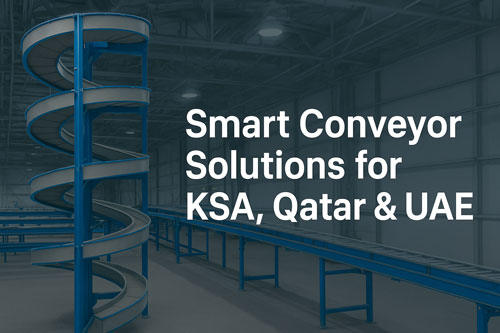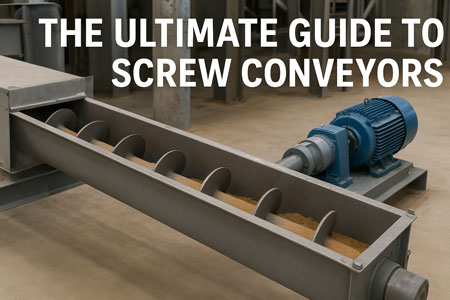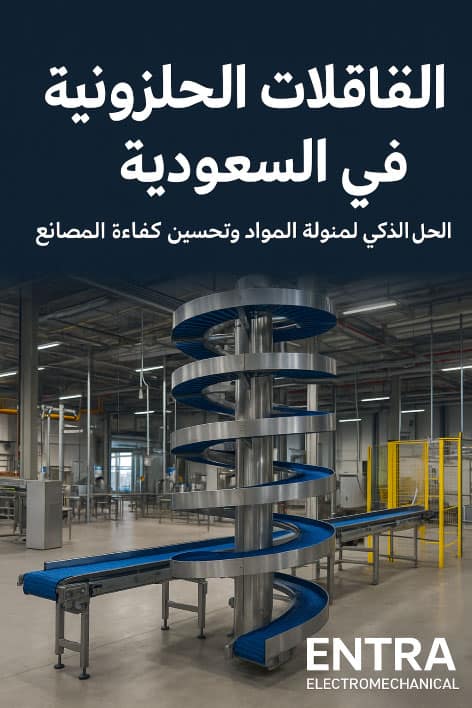
A Complete Guide to Industrial Conveyors: Types, Uses, and Benefits
July 24, 2025
Essential Conveyor Accessories You Should Know in Modern Manufacturing Plants
July 28, 2025Table of Contents
-
Introduction
-
What Are Pallet Handling Conveyors?
-
Key Components of Pallet Handling Conveyor Systems
-
Types of Pallet Conveyors Used in Manufacturing
-
Benefits of Using Pallet Handling Conveyors
-
Industry Applications & Case Studies
-
How to Choose the Right Pallet Conveyor
-
Integration with Material Handling Equipment
-
Automation and Smart Features
-
Maintenance Tips for Longevity
-
Conclusion
-
Related Tags & Keywords
1. Introduction

In today’s high-paced manufacturing environments, efficiency and productivity are everything. One of the most overlooked but high-impact tools that manufacturers can deploy is pallet handling conveyors. These systems move heavy or bulky palletized goods efficiently, minimizing manual labor and reducing production delays.
Whether you’re a Plant Operations Manager, Procurement Officer, or Process Improvement Specialist, understanding how pallet conveyors contribute to lean operations is essential.
2. What Are Pallet Handling Conveyors?
Pallet handling conveyors are specialized material handling solutions designed to transport palletized loads smoothly through different stages of production or storage. Unlike standard conveyor systems, these are built to handle heavier loads and are typically reinforced with robust components.
Pallet conveyors are integral to:
-
Warehousing systems
-
Manufacturing production lines
-
Packaging facilities
-
Distribution centers
They’re especially useful in automated conveyor systems where precision and load stability are critical.
3. Key Components of Pallet Handling Conveyor Systems
To perform reliably, pallet conveyors are composed of several important components:
-
Rollers or chains: For movement of the pallet
-
Frames and supports: Heavy-duty materials (steel or aluminum)
-
Drives and motors: Provide motion and control
-
Sensors and PLCs: For automation and tracking
-
Stops and accumulation zones: Ensure safety and flow control
These components work together to ensure smooth, uninterrupted transport.
4. Types of Pallet Conveyors Used in Manufacturing
Depending on the load, environment, and purpose, manufacturers use various types of pallet handling conveyors:
| Type | Description | Ideal Use |
|---|---|---|
| Chain-Driven Live Roller (CDLR) | Uses chains to power rollers | Heavy-duty applications |
| Drag Chain Conveyor | Uses two or more parallel chains | Pallets with inconsistent bottoms |
| Roller Conveyor | Free or powered rollers | Versatile and modular |
| Transfer Cars | Move pallets across multiple conveyor lines | Large-scale facilities |
| Turntables & Rotators | Change direction of pallets | Space-constrained areas |
5. Benefits of Using Pallet Handling Conveyors
The use of pallet handling conveyors provides manufacturers with tangible benefits:
✅ Increased Productivity
Reduces manual pallet movement and allows continuous production.
✅ Improved Safety
Limits manual lifting, reducing injuries and ergonomic risks.
✅ Higher Throughput
Fast and consistent movement across various departments or stations.
✅ Lower Labor Costs
Fewer workers needed to manually handle or transport pallets.
✅ Integration with Automation
Easily syncs with sensors, robotic arms, AGVs, and WMS.
6. Industry Applications & Case Studies
📦 Food and Beverage
Used to transport stacked goods like bottled water or canned foods.
🏭 Automotive
Handle heavy crates and engine blocks across assembly lines.
🏥 Pharmaceutical
Ensures clean, traceable movement of bulk medication loads.
🔩 Heavy Manufacturing
ENTRA Electromechanical’s pallet conveyor solutions helped a Giza-based factory increase pallet movement speed by 45%, reducing turnaround time and enhancing inventory flow.
7. How to Choose the Right Pallet Conveyor
Here are key factors to consider:
-
Weight and size of your pallets
-
Speed requirements for throughput
-
Floor layout and space availability
-
Automation compatibility
-
Safety standards (ISO/CE compliance)
-
Material handling equipment used in conjunction
For example, if you’re working in tight areas with a 90-degree change in direction, a turntable or transfer cart may be ideal.
8. Integration with Material Handling Equipment
Pallet conveyors rarely operate alone. They work best when part of a complete material handling equipment ecosystem:
-
Forklifts and AGVs for loading/unloading
-
WMS software for tracking
-
Packaging machines for final stage processes
By integrating, manufacturers can reduce bottlenecks, ensure traceability, and achieve real-time monitoring.
9. Automation and Smart Features
Modern automated conveyor systems include features like:
-
Barcode/RFID readers
-
PLC controllers
-
IoT-based diagnostics
-
Remote monitoring dashboards
-
Energy-efficient drives
These smart systems improve predictive maintenance and operational efficiency, reducing downtime by up to 60%.
10. Maintenance Tips for Longevity
Proper maintenance ensures your investment pays off for years. Here’s what to keep in mind:
-
Weekly checks on chain tension and alignment
-
Monthly lubrication of moving parts
-
Quarterly sensor calibration
-
Annual full-service inspections
Using ENTRA’s conveyor accessories (like anti-slip coatings or smart sensors) can extend lifespan and ensure safety compliance.
11. Conclusion
Pallet handling conveyors are a vital part of the modern manufacturing environment. From improved safety to enhanced automation, they bring a host of benefits that align with the goals of every industrial engineer, logistics manager, and plant supervisor.
When integrated with other material handling equipment, they become the backbone of lean production lines. Choosing a reliable partner like ENTRA Electromechanical ensures you get custom-built, durable, and scalable solutions tailored to your factory’s needs.




